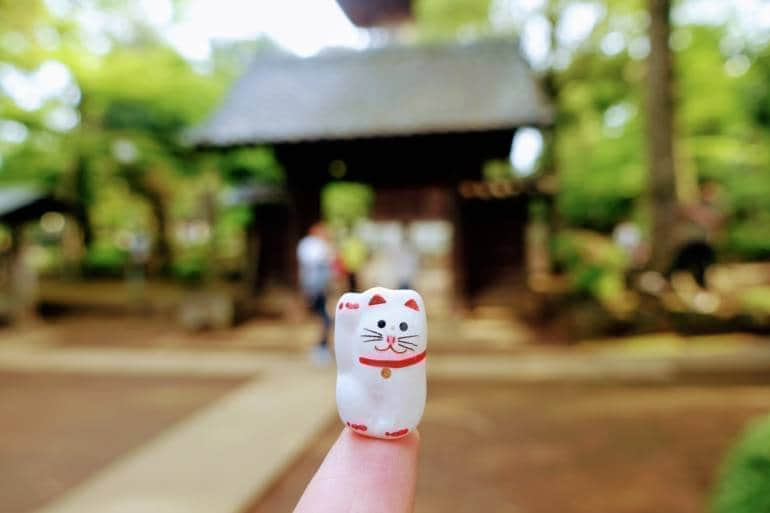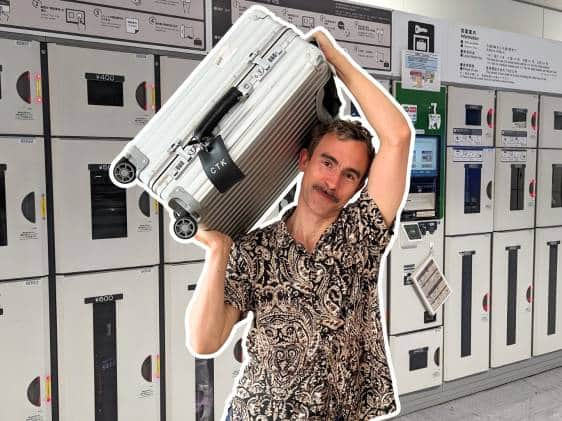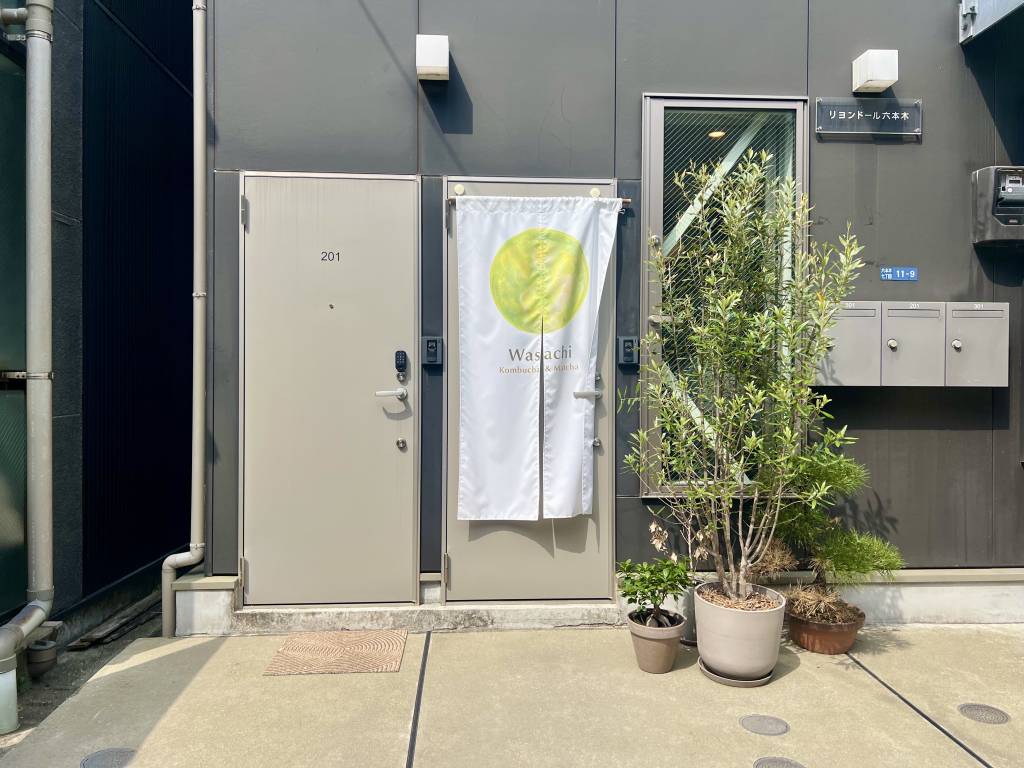There are a range of Tokyo one-day passes for train, subway and bus, available to travelers and residents alike. In this guide, we share which of them will cheapen your travels around the city — some won’t!
The first thing to know is that unless you’re going to be zipping all over the city, one-day Tokyo passes might not save you much money. It’s sometimes better to just get a Suica or Pasmo IC card for travel around Tokyo (and the rest of Japan). Before dashing out and buying anything, work out your travel routes and check the ticket prices. When you compare them to the passes below, you might find that single tickets are a better bet.

Overview of Tokyo transport passes
| Pass | Price | Includes |
|---|---|---|
| Tokyo Metro 24-hour Ticket | ¥600 | Unlimited rides on all Tokyo Metro lines |
| Toei and Tokyo Metro 24-hour Ticket | ¥800 | Unlimited rides on all Tokyo Metro and Toei subway lines |
| Tokunai Pass | ¥760 | Unlimited access to local and rapid JR trains within the 23 wards of Tokyo |
| Tokyo Free Kippu 24-hour Ticket | ¥1,600 | Unlimited access to the Tokyo Metro, Toei Subway, Toei Streetcar (Toden), most Toei buses, the Nippori-Toneri Liner, and all JR lines within the Tokyo metropolitan area |
| Toei Bus One-day Pass | ¥500 | Unlimited bus travel within Tokyo's 23 wards |
| Seibu One-day Pass | ¥1,000 | Unlimited train travel on the Seibu line (excluding the Tamagawa line) – Great for getting to popular destinations outside Tokyo, like Kawagoe and Chichibu |
The Tokyo Metro 24-hour Ticket

We’ve found the Tokyo Metro 24-hour Ticket to be the most useful discount Tokyo travel pass. It costs just ¥600 and gives you unlimited rides on all Tokyo Metro lines (Ginza, Marunouchi, Hibiya, Tozai, Chiyoda, Yurakuchō, Hanzōmon, Namboku, and Fukutoshin). There are other lines run by Toei, which you can’t ride for free using this pass, but it’s usually easy enough to work out a journey that only uses Tokyo Metro lines.
A word of caution: Some Tokyo Metro lines continue on private commuter line tracks after a certain point, and you’ll have to pay extra to use them. It’s also worth noting that you can hold advance tickets for up to six months before activating them, but you must activate same-day tickets on the day of purchase.
What to do with it
The Tokyo Metro 24-hour pass covers most of the major bases in Tokyo central. A sample day out on it might look something like this:
- Start out in Shinjuku — say hi to Godzilla and do a spot of shopping.
- Then hop onto the Fukutoshin Line from Shinjuku-sanchome Station and head over to Meiji-jingumae to have a mosey around Meiji Jingu Shrine, Yoyogi Park and Harajuku.
- Wander down to Omotesando for lunch, then board the Ginza Line to experience the glitz and glamour of the Ginza neighborhood.
- After a bit of ginbura (windowshopping in Ginza), you could get on the train again to see the sights of Asakusa (near Skytree).
- Ikebukuro, Roppongi (of Tokyo Tower fame), Shibuya and Tokyo Station (near the Imperial Palace) are all also accessible using the pass.
Where to get it
You can grab one from just about any Tokyo Metro ticket machine.
Toei and Tokyo Metro 24-hour Ticket

Called different variations of the above in English, but the ichinichi josha ken in Japanese, The Toei and Tokyo Metro 24-hour Ticket allows unlimited rides on all Tokyo Metro and Toei subway lines. It costs ¥800 and you can get it online, or at a ticket machine or station office. There are also versions of the pass available for two or three days costing ¥1,200 and ¥1,500 respectively.
What to do with it
The Toei and Tokyo Metro 24-hour Ticket opens up all of the places that the Tokyo Metro 24-hour Pass does, with the added benefit of access to the Toei Line, which is useful if you plan to visit Oshiage (think Tokyo Skytree), Mita, the booksville that is Jimbocho, Suidobashi or Nerima (among other areas).
You can also ride on the only streetcar left in Tokyo, the Toden Arakawa Line, which can take you from East Ikebukuro to Zoshigaya (home to Kishimojindo Temple), Waseda and a few other random destinations. Unless your accommodation is on a Toei Line though, you’ll likely get better value out of a pure Metro pass.
If you’re not going to be using the metro, it’s better to go for the ¥700 Toei One-Day Economy Pass (toei marugoto kippu), which gives you full use of Toei subways, Toei buses, the Toei Streetcar (Toden) Arakawa Line, and the Nippori-Toneri Liner.
Where to get it
The advance ones are sold on Headout and Klook, as well as at Tokyo Metro Commuter Pass Offices, and on-the-day passes can be bought at ticket machines in Metro or Toei Line stations.
Tokunai Pass: 24 hours of JR trains

One of the better-value day passes, the Tokunai Pass costs ¥760 and gives you unlimited access to local and rapid JR trains within the 23 wards of Tokyo. This cover five lines: The Yamanote, the JR Yokohama Line, the Keihin-Tohoku Line, Chuo-Sobu Lines and the Rapid Chuo (up to a certain point).
What to do with it
While some lines extend to exciting destinations like Yokohama, you have to remain within the 23 wards, but that’s not exactly limiting. To make the most of the Yamanote, you can practically use the trainline as a sightseeing schedule, visiting spots like Shibuya, Shinjuku, Harajuku, Ueno, Akihabara, Ikebukuro, Shinagawa and Tokyo Station.
The other four lines offer spots like Ryogoku (home of sumo) and Koenji (home of hipsters), along with plenty of smaller local-feeling stations.
Where to get it
Pick one up at the reserved-seat ticket machines at stations, JR ticket offices (midori-no-madoguchi in Japanese) or JR’s travel service centers.
Tokyo Free Kippu 24-hour Ticket

Also known as the Tokyo Combination Ticket or Tokyo Tour Ticket, this is almost NEVER the best deal. The one-day pass costs ¥1,600 and gives you access to the Tokyo Metro, Toei Subway, Toei Streetcar (Toden), most Toei buses, the Nippori-Toneri Liner, and all JR lines within the Tokyo metropolitan area. Seems great at first glance, but it’s unlikely that you’ll be doing that much traveling in a single day. Our advice? Opt for one of the other Tokyo travel passes.
What to do with it
With this pass, you can go pretty much anywhere and everywhere in Tokyo, but you’d have to be doing exactly that to get the best deal. Keep it in mind if you have to do multiple transfers between lines and services though — or if the reduced hassle of ticket buying is worth it for you (travel expenses, anyone?)
Where to get it
Buy the pass from machines at almost all Tokyo Metro Stations (except Kita-senju, Naka-meguro, Nakano, Yoyogi-Uehara, Wakoshi, Meguro and Shibuya’s Hanzomon and Fukutoshin Lines).
Toei Bus One-day Pass

For ¥500, you can get a Toei Bus One-Day Pass — which is great if you’re planning on taking the bus up and down Tokyo, but not all that useful otherwise. Considering that a single trip on the bus usually costs ¥210, and a return ¥420, you need to be making more than one round-trip for this pass to be worthwhile.
Most tourists tend to rely on trains more than buses, as they’re easier to navigate. That said, Google Maps is getting better for this, so branch out if you fancy seeing some sights on your journey from A to B.
Cool things about the Toei Bus One-day Pass: You can use it for unlimited travel within Tokyo’s 23 wards (you can get off at every stop if you feel like it). And it has a great slogan: “Feel the life of Japanese on the bus!” Who could say no to that?
What to do with it
The Tokyo bus system is extensive, so you can use the pass to go anywhere in Tokyo. It may not be quicker, but it’s a bit better for getting yourself oriented in the city.
Where to get it
The ticket can be purchased on the bus or at Toei bus commuter pass offices (probably easier to stick to the bus though). You can get a paper option or have it added to your Pasmo card. Try to be early for the first bus, so as not to hold up the queue.
Seibu One-day Pass

A pass that promises the joy of the four seasons, the Seibu Pass is great if you’re planning on visiting the old-town world of Kawagoe or the day-trip destination of Chichibu. Both are great options for a day outdoors, with Hon-Kawagoe an hour from Seibu-Shinjuku Station and Chichibu an hour from Ikebukuro.
While there are limited-express train options for both these routes, they’re not covered under this pass, which is a little frustrating. You’ll still save on a return ticket though. The Seibu Pass has both one and two-day options: the one-day pass is ¥1,000, while the 2-day pass is (predictably) ¥2,000. The pass includes all lines, except for the Tamagawa Line. There’s also an option for a Nagatoro addition, if you’d like to cavort close to a river at any point.
What to do with it
Head out to Kawagoe for a day filled with temple-hopping and old-school sweets, or go to Chichibu for a temple pilgrimage or the spring shiba-zakura festival. If you’re looking for more Tokyo day trips, check out our top options.
Where to get it
The Seibu One-day Pass can be purchased at Seibu Limited Express ticket offices on the first and basement floors of Ikebukuro Station, the Seibu Tourist Information Center in Ikebukuro or in Seibu-Shinjuku Station. The one-day ticket can also be purchased in advance online through Klook.
Bonus Tokyo travel passes

While the discount tickets above are great for days of sightseeing, there are plenty of others for more specific needs, like airport travel or local lines.
Airport combination tickets
- Haneda Airport: A ¥1,400 pass that gets you from Haneda Airport into the city on the Keikyu Line and throws in a Toei and Tokyo Metro One-day Economy Pass too. You can buy it on arrival at Haneda. Read more about the “Hanetoku Pass”.
- Narita Airport: The Keisei Skyliner and Tokyo Subway 24-hour ticket for those coming in from Narita, for ¥2,890. If you don’t book online, you can also buy it at the airport after arrival.
While you’re at it, you might want to explore other cheap ways to get from Haneda Airport to Tokyo and Narita Airport to Tokyo.
Local line tickets
Local line tickets are great if you’re staying in a particular area or have a few stops to make in a day. Some of the best options include:
- The Rinkai Line 1-Day Ticket is perfect if you’re using the Seikyu Line to explore Odaiba.
- The Yurikamome One-Day Pass is great for those skipping between Shimbashi, Toyosu and Odaiba.
- The Setagaya Line Explorer Ticket gets you to the famed cat temple in Gotokuji on a very cute cat tram.
- The Tokyu Line Minatomirai Ticket gives you a return ticket from Tokyo and unlimited use on the Minatomirai subway line which is a great deal. Prices differ depending on the starting station.
Look for these and other discount passes when buying tickets at station vending machines.
Extended tickets
There are also longer-use passes, like the three-day Tokyo Wide Pass, the various Japan Rail Passes, and the seasonal Seishun 18 ticket. These are recommended for travel outside of Tokyo.
And if you want to get outside for the day, here’s a map of the Tokyo subway by walking times — no pass required, just a sturdy pair of shoes.
While we do our best to ensure it’s correct, information is subject to change. Post first published in October 2016. Last updated in December 2023.































